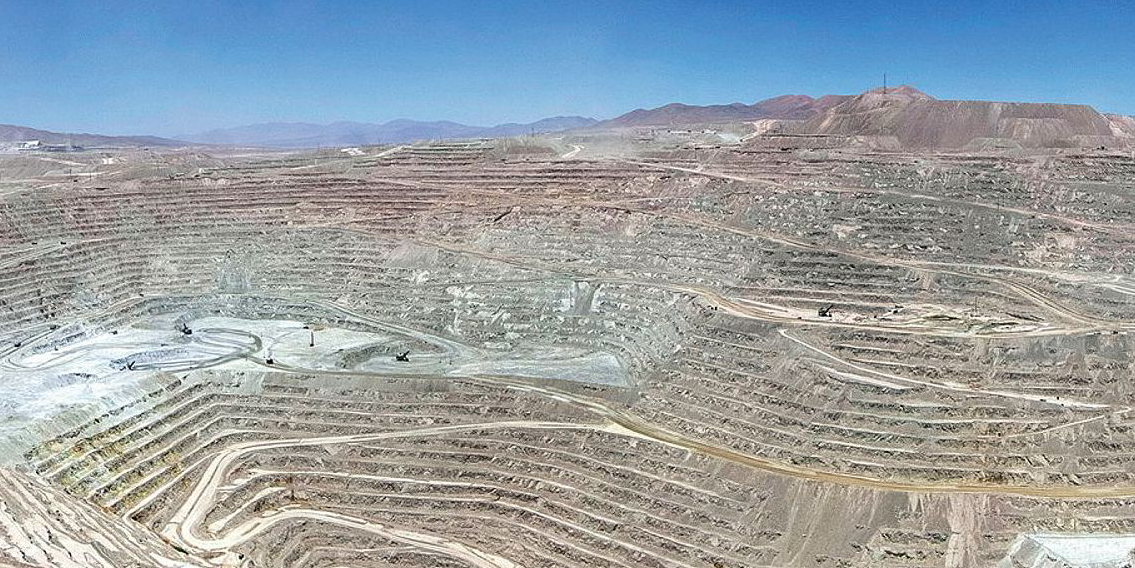Escondida is a copper mine at 3.100 m elevation in the Atacama Desert in Antofagasta Region, Chile.
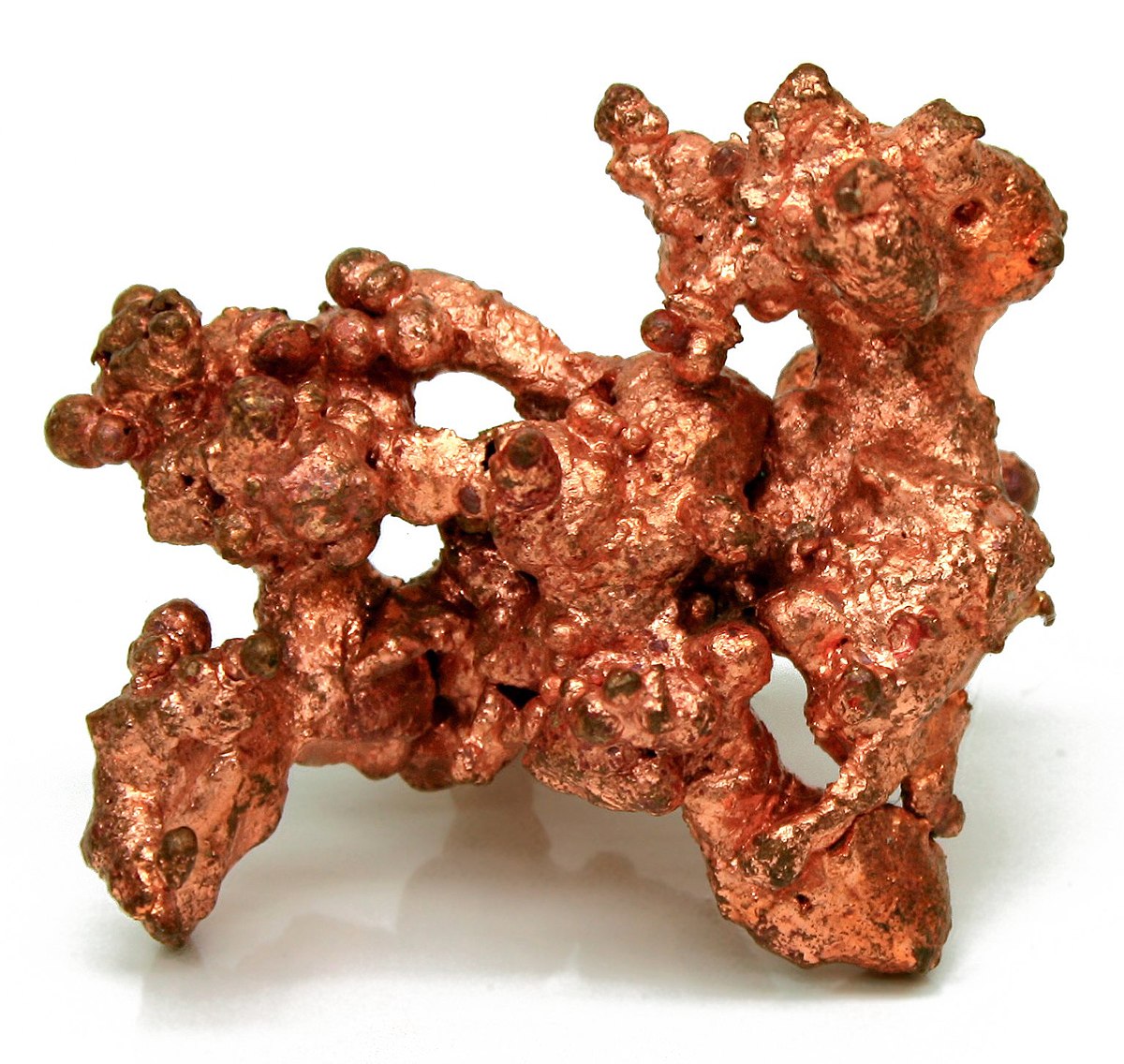
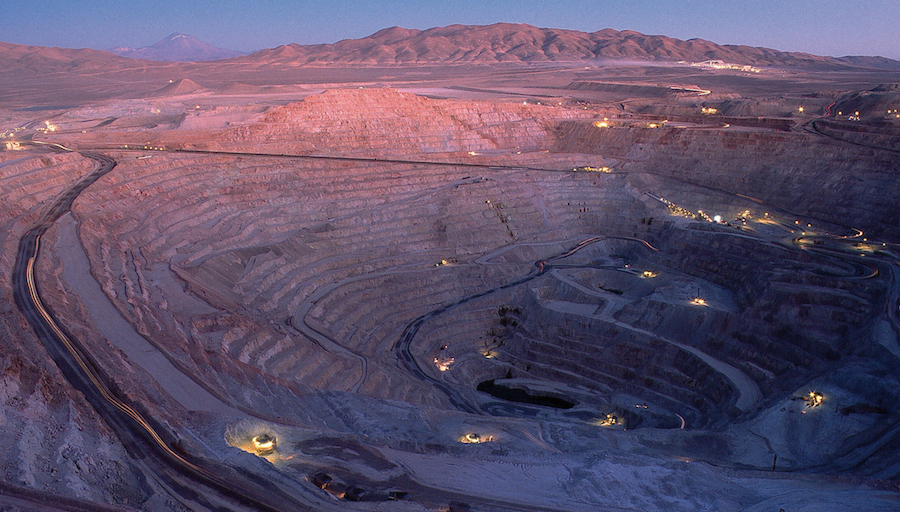
The Escondida deposit is one of a cluster of porphyry coppers in an elongated area about 18 km north-south and 3 km east-west and is associated with the 600 km long West Fissure (Falla Oeste) system, which is in turn associated with most of the major Chilean porphyry deposits.
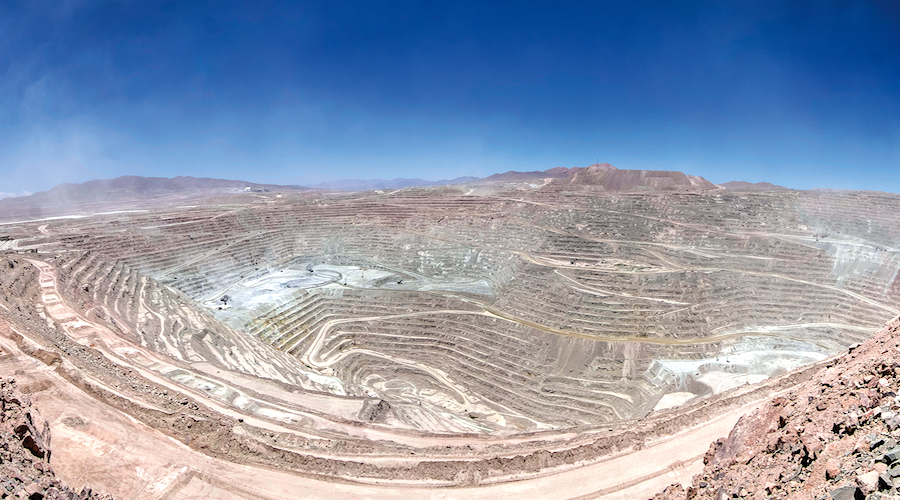
A barren, leached cap, in places up to 300 metres thick, overlies a thick zone of high grade secondary supergene mineralisation of the main orebody, largely chalcocite and covellite, which in turn overlies the unaltered primary mineralisation of chalcopyrite, bornite and pyrite.
Sulfide ore, which contributes 77% of the recoverable copper reserve, is crushed and milled in one of the two concentrators and the copper concentrate is separated out using froth flotation. Approximately 86% of the copper is recovered. It is piped down to the port of Coloso, where it is dewatered before shipping.
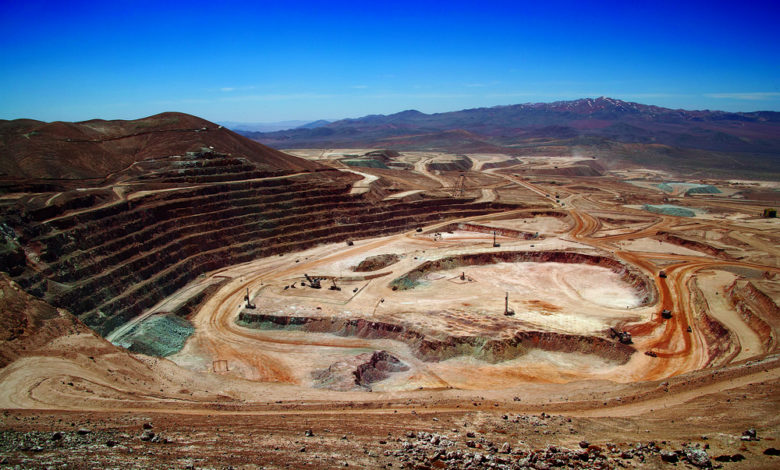
Oxide ore, 4% of recoverable copper, is crushed, agglomerated and then acid leached in large heaps, and the copper is recovered from the leach solutions as copper cathode in a solvent extraction/electrowinning (SX/EW) plant. Recovery is 68%. The low grade sulfide ore contributes 19% of recoverable copper.
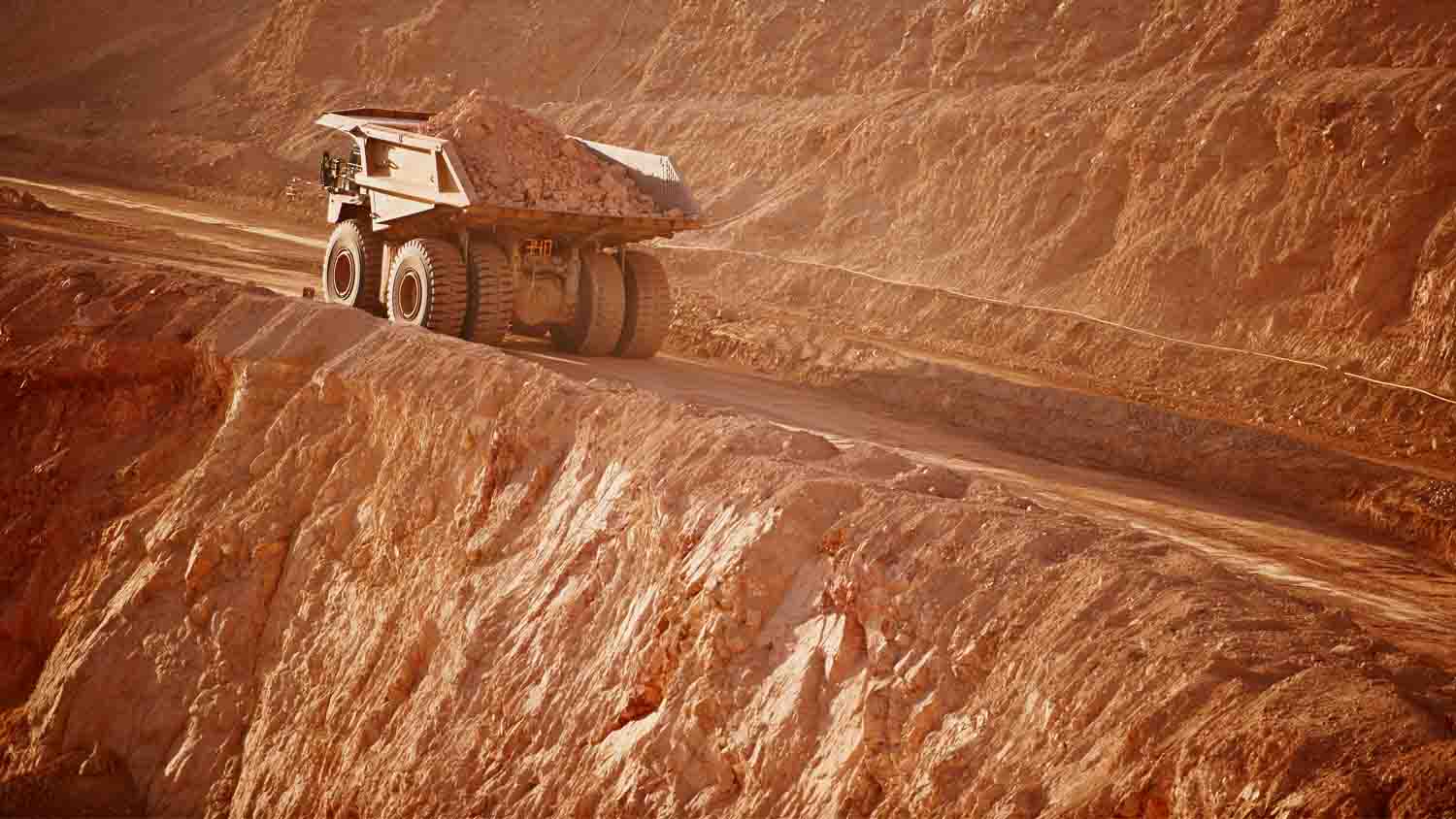
It is also crushed and dumped on large heaps, but here the leaching occurs through oxidation induced by microorganisms.
According to en.wikipedia


